2022年 第37卷 第3期
2022, 37(3): 435-460.
doi: 10.1016/S1872-5805(22)60605-X
摘要:
2022, 37(3): 461-483.
doi: 10.1016/S1872-5805(22)60612-7
摘要:
2022, 37(3): 484-507.
doi: 10.1016/S1872-5805(22)60613-9
摘要:
2022, 37(3): 527-543.
doi: 10.1016/S1872-5805(22)60614-0
摘要:
2022, 37(3): 544-555.
doi: 10.1016/S1872-5805(22)60603-6
摘要:
2022, 37(3): 556-563.
doi: 10.1016/S1872-5805(22)60600-0
摘要:
2022, 37(3): 564-574.
doi: 10.1016/S1872-5805(22)60604-8
摘要:
2022, 37(3): 575-584.
doi: 10.1016/S1872-5805(22)60599-7
摘要:
2022, 37(3): 585-594.
doi: 10.1016/S1872-5805(22)60593-6
摘要:
2022, 37(3): 595-602.
doi: 10.1016/S1872-5805(22)60608-5
摘要:
2022, 37(3): 603-614.
doi: 10.1016/S1872-5805(21)60060-4
摘要:
2022, 37(3): 615-624.
doi: 10.1016/S1872-5805(22)60610-3
摘要:



 摘要
摘要 HTML
HTML PDF
PDF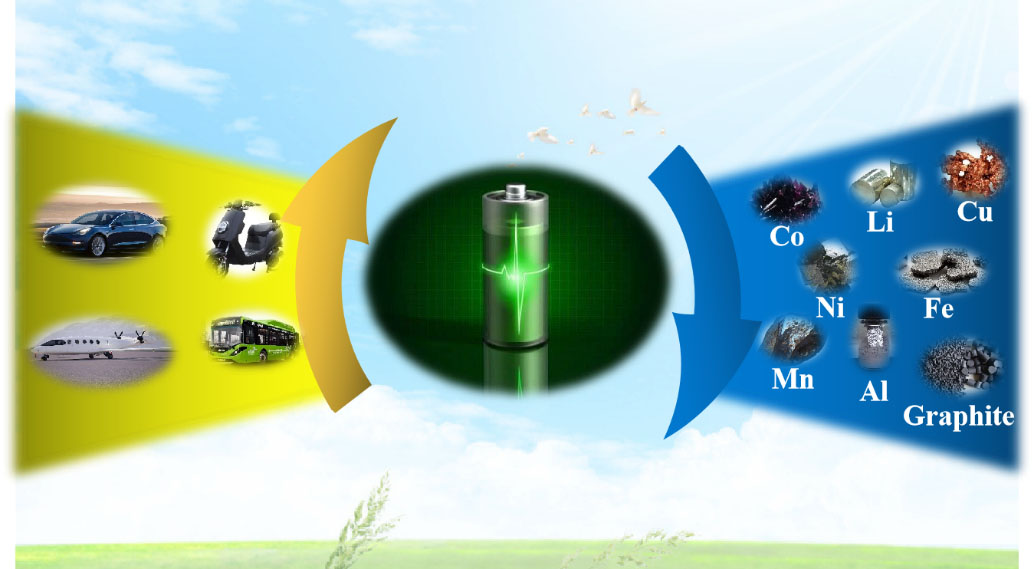
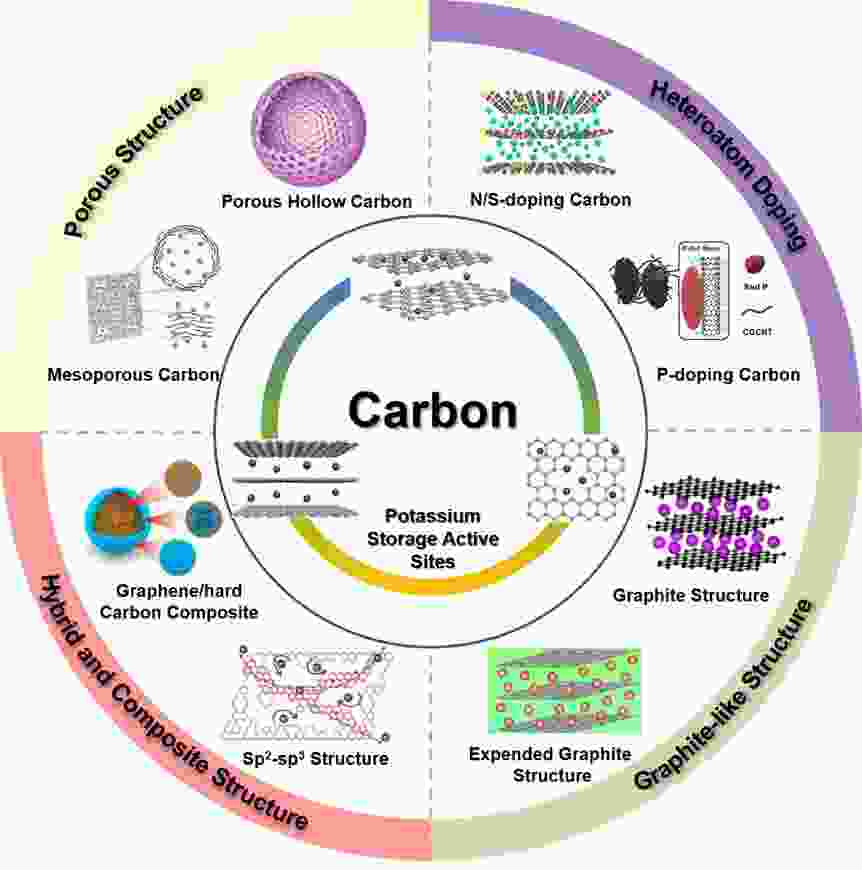
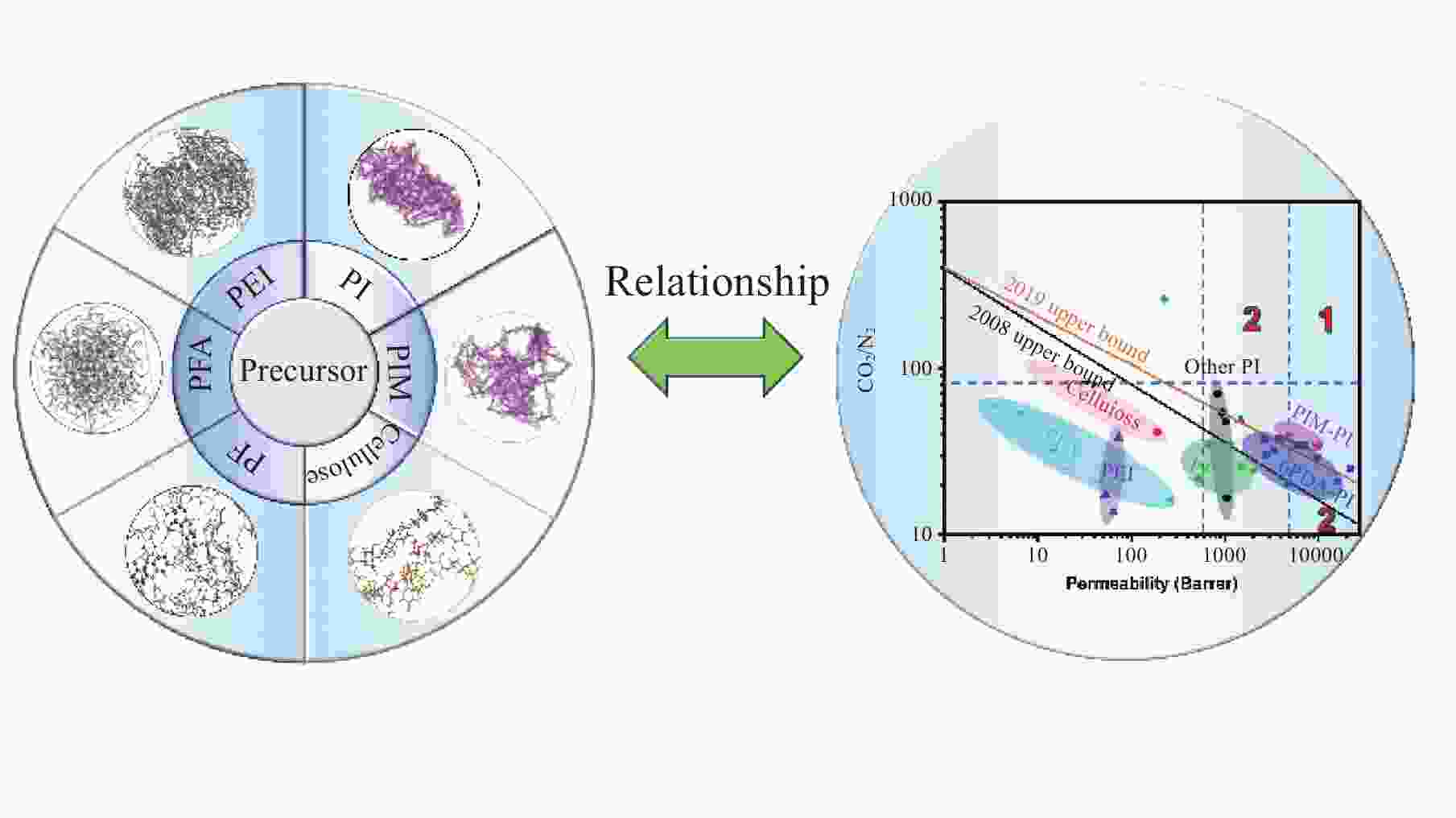

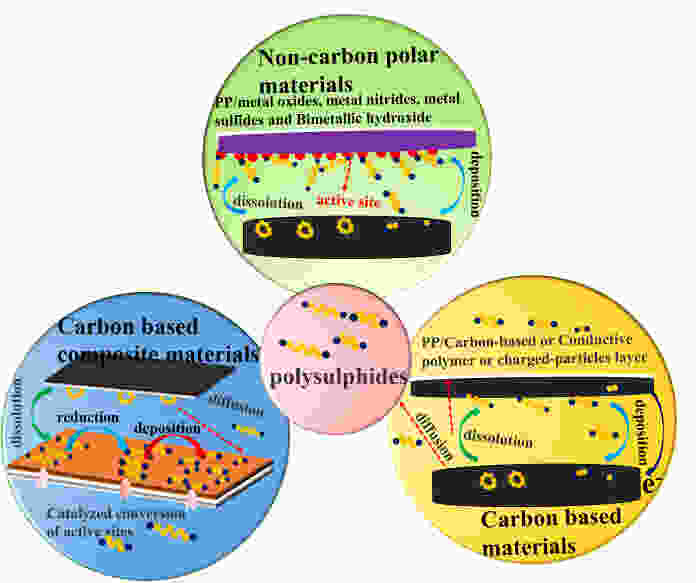
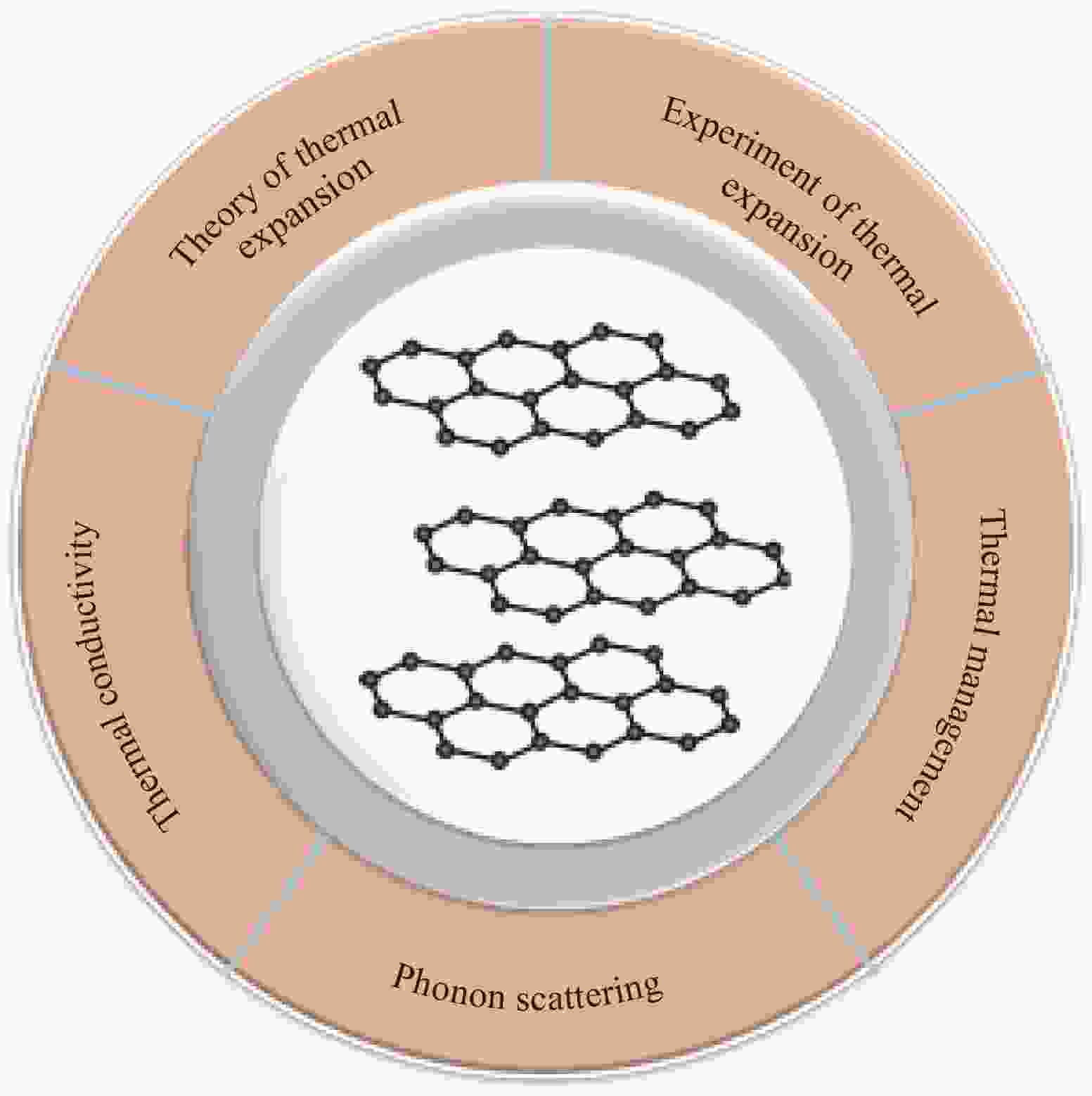
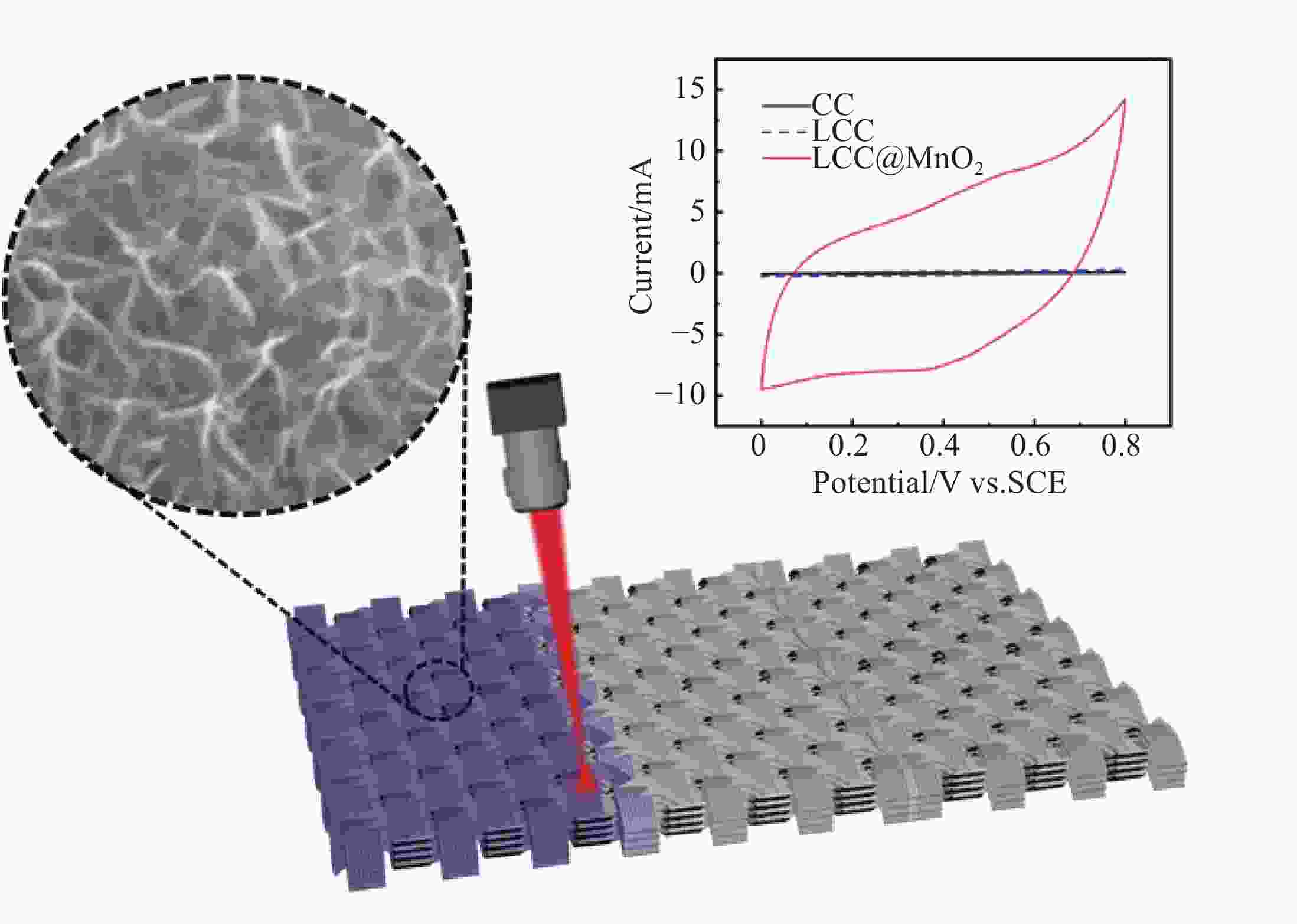
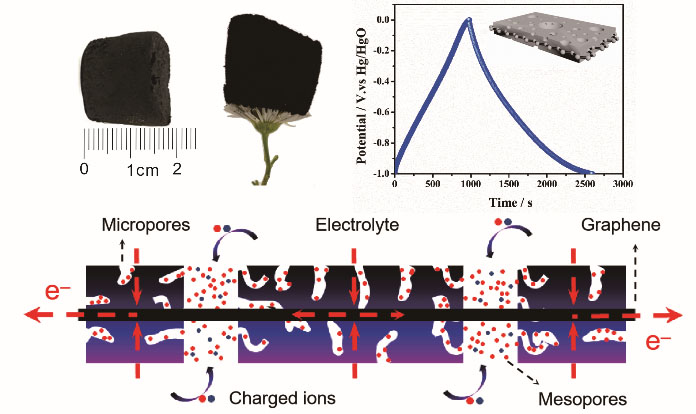

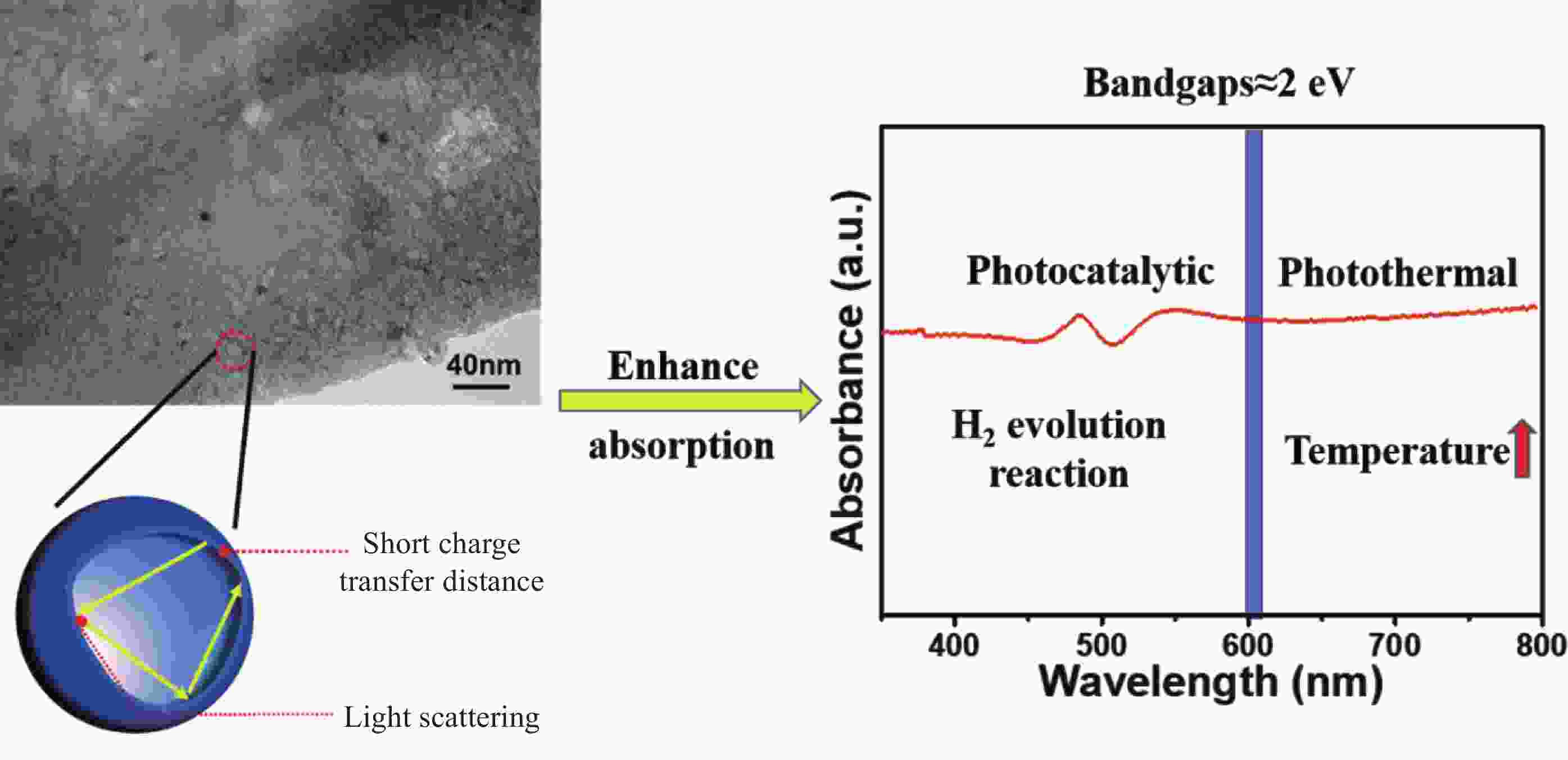
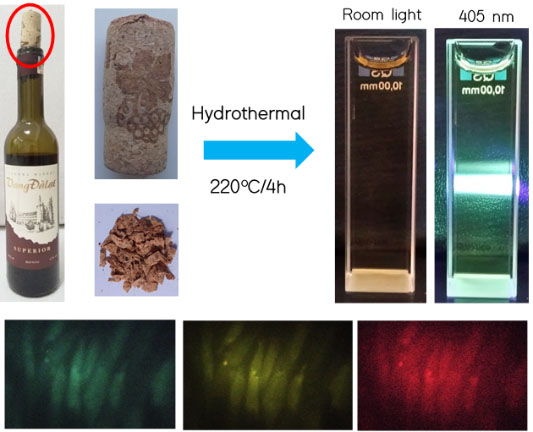
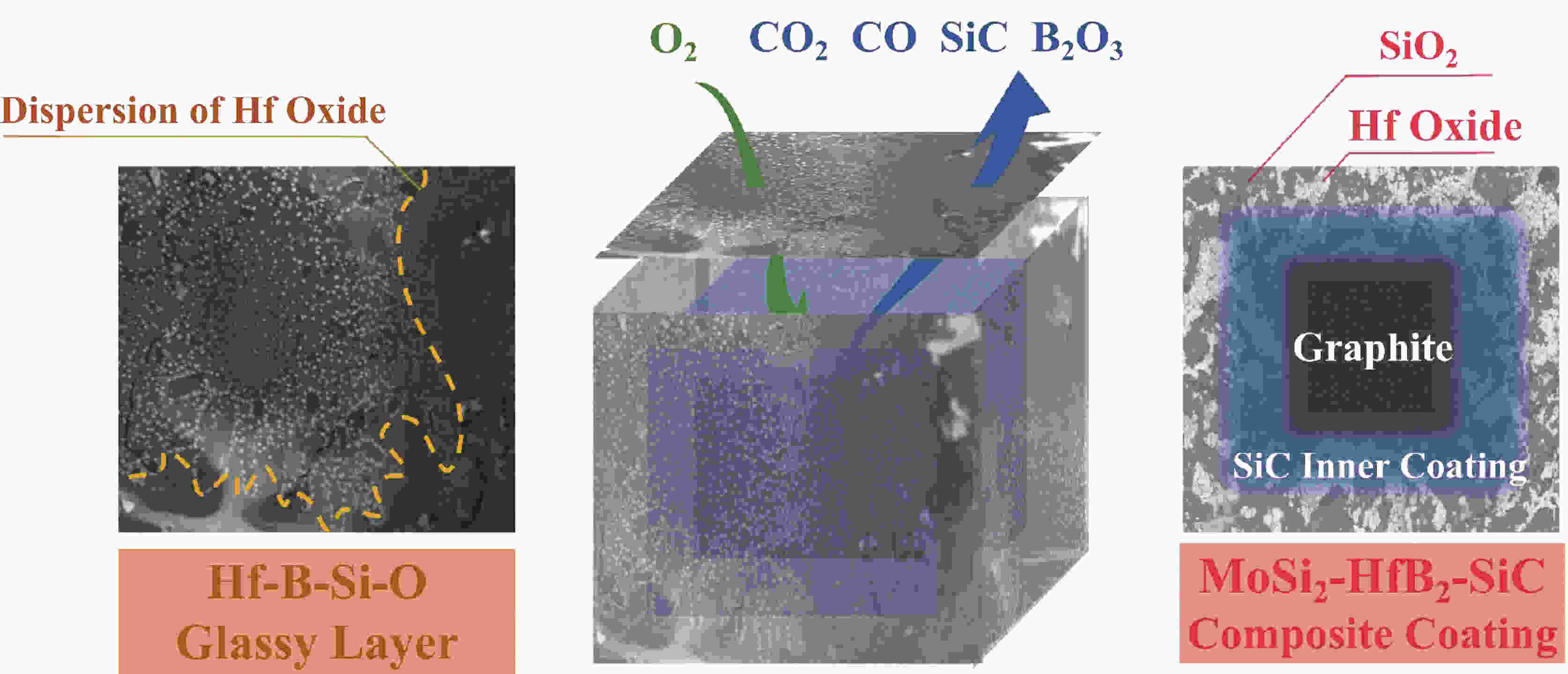
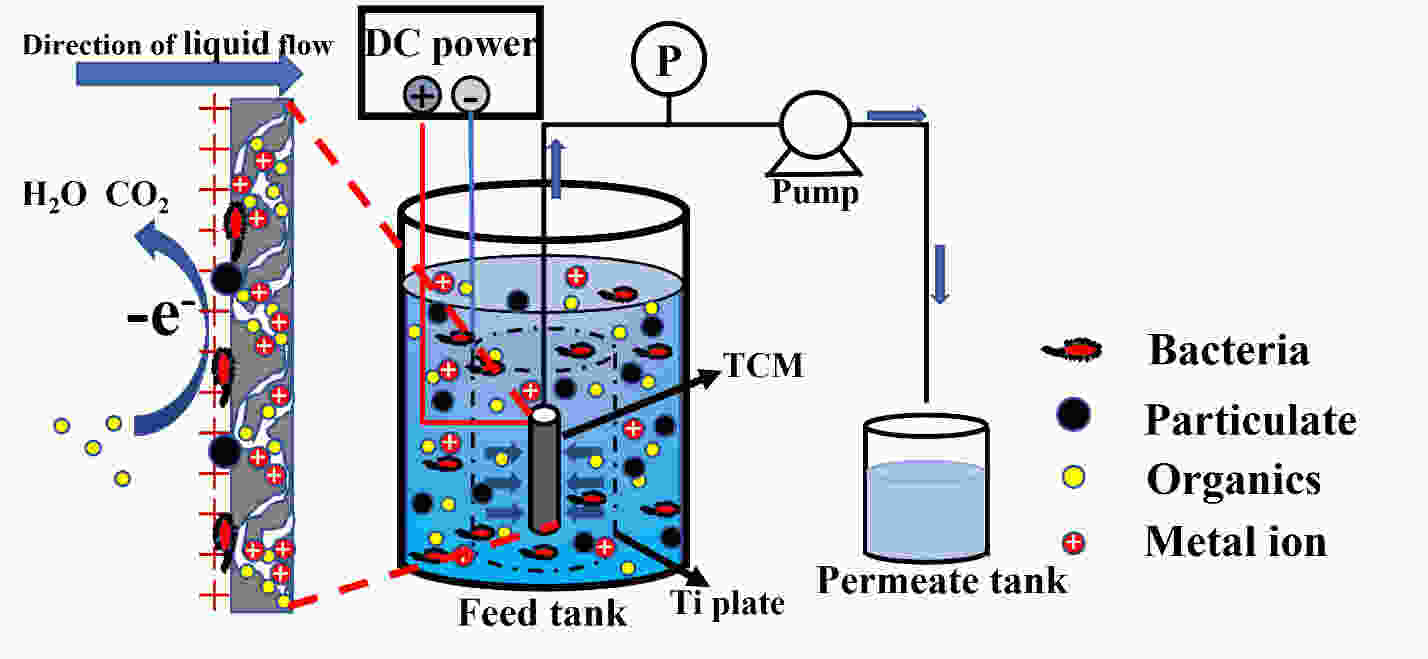
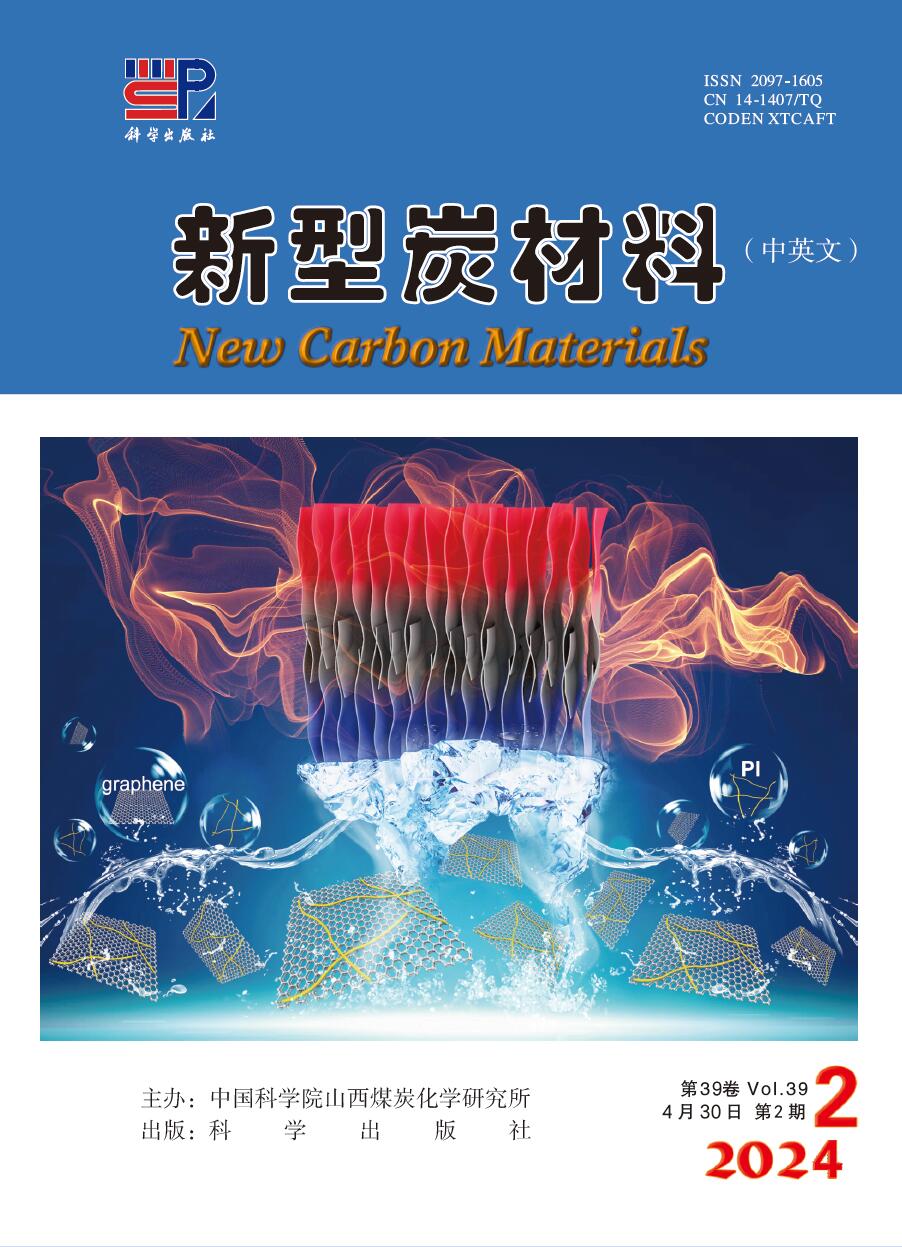

 虚拟专题
虚拟专题

 邮件订阅
邮件订阅 RSS
RSS 下载中心
下载中心 友情链接
友情链接

